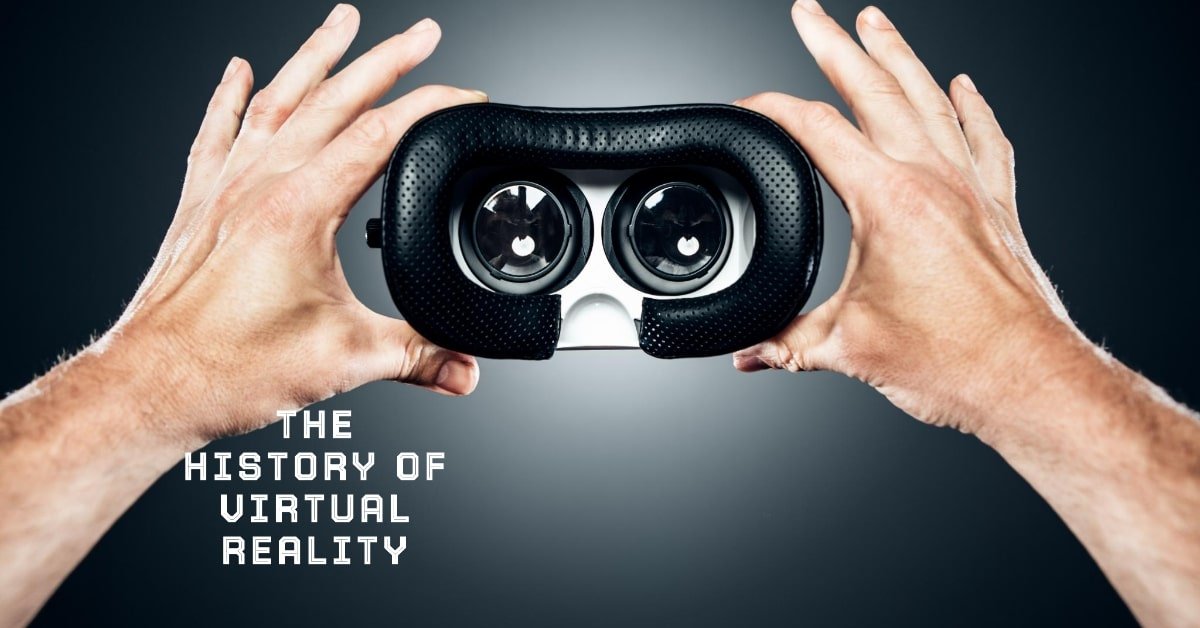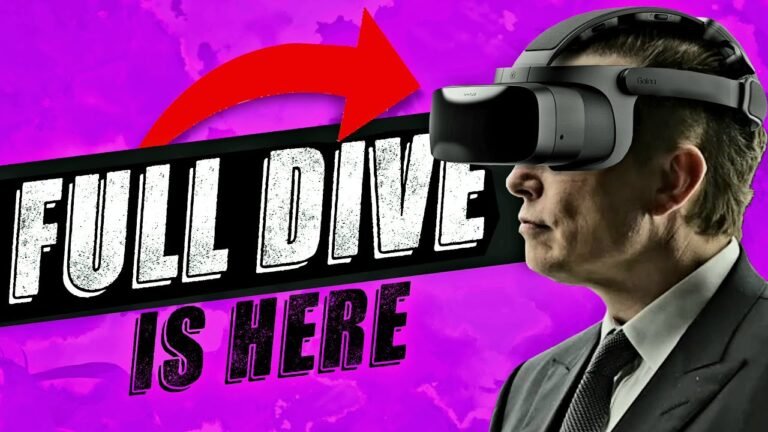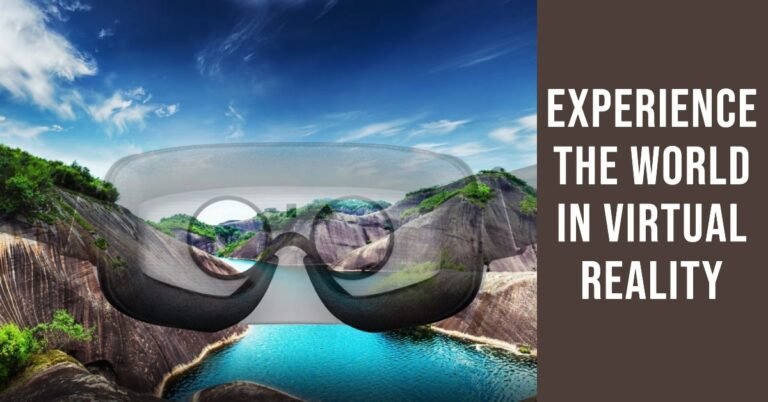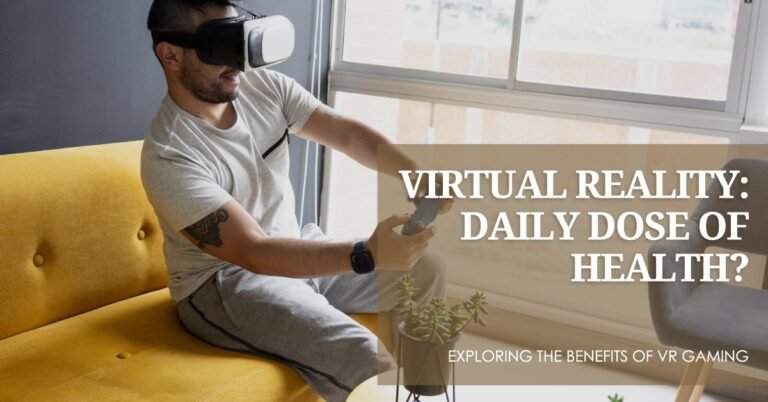When Was Virtual Reality Invented? A Dive Down the Rabbit Hole
It’s no secret that VR seems like something out of a science fiction novel. The idea of entering magical realms, controlling items with your thoughts, and even overcoming gravity sounds like something out of a science fiction novel. The shocking reality, though, is that virtual reality isn’t some faraway utopian concept. The history of this technology is both startling and fascinating.
When Was Virtual Reality First Introduced?
The Answer to this question isn’t as simple as it may seem, so keep your headphones on.
Over several decades, VR’s growth was marked by several significant milestones. It’s like a tale where different chapters build upon each other.
The goal of ARVRRealm is to make virtual reality (VR) easier to understand and use. Get ready for a roller coaster ride as we retrace the steps that led to the groundbreaking virtual reality experiences of today.
A Virtual World’s First Lights (1950s and 1960s)
Virtual reality has its start at an unexpectedly young age. The Sensorama was an idea hatched by the late, great filmmaker Morton Heilig in the ’50s. Instead of a headgear, this ambitious device provided a full-body sensation. Just picture yourself in a movie theater pod where every sensation is assaulted with 3D images, wind effects, vibrations, and even scents! Despite Sensorama’s lack of success, it did set the stage for virtual reality’s future.
After that, we entered the 1960s, a time often associated with revolutionary change. Computer genius Ivan Sutherland made history in 1968 with his groundbreaking invention, The Sword of Damocles. This cumbersome HMD pioneered the creation of a computer-generated virtual environment. Even while it was rudimentary compared to what we have now (think wireframe graphics), it was a huge improvement.
A New Era Begins with the Coinage of a Term (1970s & 1980s)
Virtual reality technology kept improving throughout the ’70s and ’80s. More advanced headgear, haptic feedback systems (imagine being able to feel virtual items), and omnidirectional treadmills enabling users to traverse virtual worlds were also tested by the researchers.
Nevertheless, a name was still lacking. The word “virtual reality” was first used by VR pioneer Jaron Lanier in 1987. This one sentence summarised the technology so well that it sparked a new age of discovery.
From the 1990s and 2000s: From Consumer Craze to Arcade Gimmicks
Despite its early limitations, virtual reality (VR) did manage to break into the public in the 1990s. In games like the legendary “Dactyl Nightmare,” arcadegoers fought digital aliens while wearing cumbersome headsets. The public was intrigued by the possibilities of virtual reality after these early experiments, which were more about showing off than anything else.
A slew of new virtual reality developments emerged in the 2000s. As an early look at home VR, companies like Sony experimented with peripherals like the PlayStation VR Eye. Virtual reality was once considered a luxury item, but most people couldn’t afford it due to performance issues and clumsy controls.
Virtual Reality’s Contemporary Rebirth (2010s and Later)
Virtual reality reached a tipping point in the 2010s. Smartphone innovations paved the way for the proliferation of portable virtual reality goggles like Google Cardboard. Virtual reality (VR) material could be experienced on more people’s phones than ever before because to these inexpensive and easily available gadgets.
Then the big dogs showed up. Impressive, high-end virtual reality headsets such as the Oculus Rift and HTC Vive were introduced by tech behemoths like Facebook (now Meta) and HTC. These gadgets provided a fully immersive virtual reality experience with their excellent graphics, positional tracking, and motion controllers. Virtual reality (VR) was evolving into a practical consumer good, moving away from its original niche in arcades and academic institutions.
Now, in the present day, virtual reality is still undergoing tremendous development. Separate virtual reality (VR) goggles, wireless tethered alternatives, and VR that incorporates AI are all on the horizon. Virtual reality’s many potential uses include entertainment, education, training, treatment, and gaming.
And with that, I leave you! Although the exact “invention date” of virtual reality remains a mystery, the interesting history of the technology is replete with watershed moments. The evolution of virtual reality (VR) from its inception in the 1950s to the robust headgear used today is remarkable. Who can say what amazing things lie in store for us in the future’s virtual realms?
Virtual Reality’s Future: Endless Possibilities
Virtual reality (VR) is already finding applications in many other industries, including gaming, entertainment, healthcare, education, and even architecture. Envision yourself utilizing a virtual reality (VR) simulated environment to research a potential vacation destination before you book your flight, or to have surgery. There is a limitless amount of potential.
Accordingly, when was virtual reality first introduced? No one-size-fits-all solution exists. Decades of study, experimentation, and creativity have gone into it. Virtual reality (VR) has gone a long way from its 1950s prototypes to today’s high-tech headsets. With technology always pushing the envelope, one thing is certain: virtual reality has an exciting future full of untapped potential.
In Conclusion: A Once-Fictitious Achievable Reality
3D gaming. Just hearing the word makes one think of otherworldly places and unfathomably wonderful adventures. Virtual reality (VR) isn’t just a faraway concept; it’s a real technology with an exciting past and a promising future, as we’ve seen. Virtual reality has gone a long way from its imaginative 1950s beginnings to the robust headgear of today.
Virtual reality has only just begun. We may anticipate increasingly accessible, participatory, and immersive virtual reality experiences as technology progresses. From expanding the frontiers of entertainment and design to transforming education and training, the possible uses are just staggering.
Instead of asking when virtual reality was first created, ask yourself when you will get to experience it.
We at ARVRRealm think virtual reality can revolutionize our daily lives, education, and entertainment. Exploring this amazing technology with you is something we’re very excited about. So, come along on this thrilling adventure with us, whether you’re an interested novice or an experienced virtual reality fanatic.







One Comment